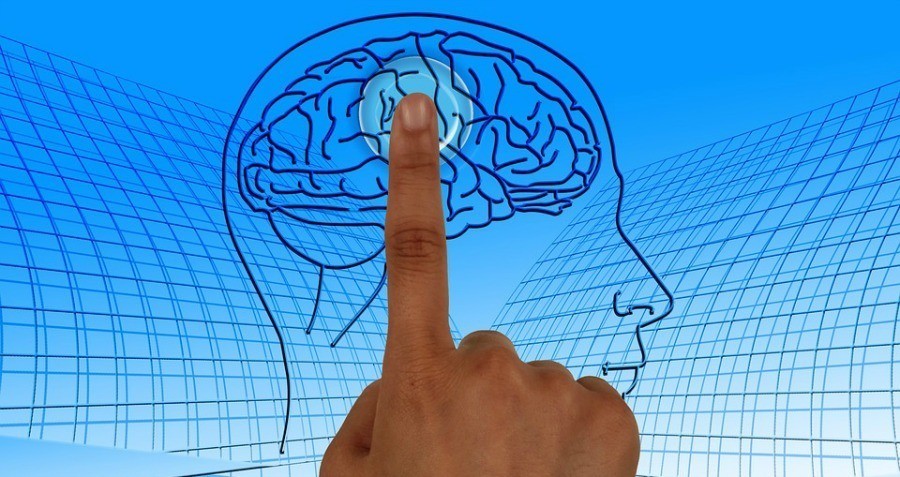A Change In How We Treat Mental Illness?

Gerd Altman/Pixabay
In a nutshell, neurofeedback revealed to researchers that there is a single region of the brain where positive and negative feelings form — and that these feelings can be “shaped” through reinforcement techniques.
Just as importantly, the research showed that through neurofeedback programs, subjects can unwittingly change their own brain activity and “wire in” emotions that had not previously appeared — a result which could spell big changes in the way physicians identify and treat mental health-related illnesses such as anxiety, depression, and post-traumatic stress disorder (PTSD).
“We thought that if our technique could change facial preference, we would be able to change many other functions, particularly those related to causes of mental diseases,” co-author Takeo Watanabe said in an interview with The Huffington Post.
By witnessing and monitoring a person’s brain activity as various thoughts and feelings arise and disappear, researchers hope to use the technique to help patients learn now to manipulate their own brain activity patterns as a means of dealing with extreme stress without relying on the use of prescription medication.
For those concerned about the U.S.’ apparent addiction to prescription drugs, these kinds of treatments offer a beacon of hope. Indeed, from just 2010 to 2010, Medco noted in a report that the number of Americans on medications used to treat psychological and behavioral disorders has increased by 22 percent, with over one-in-five adults on at least one of these drugs in 2010.
“If someone develops a traumatic memory that makes him or her suffer, even a small reduction of the suffering would be helpful,” Watanabe stated in a press release.
Next, learn how therapy animals may also work better than anti-depressants.





